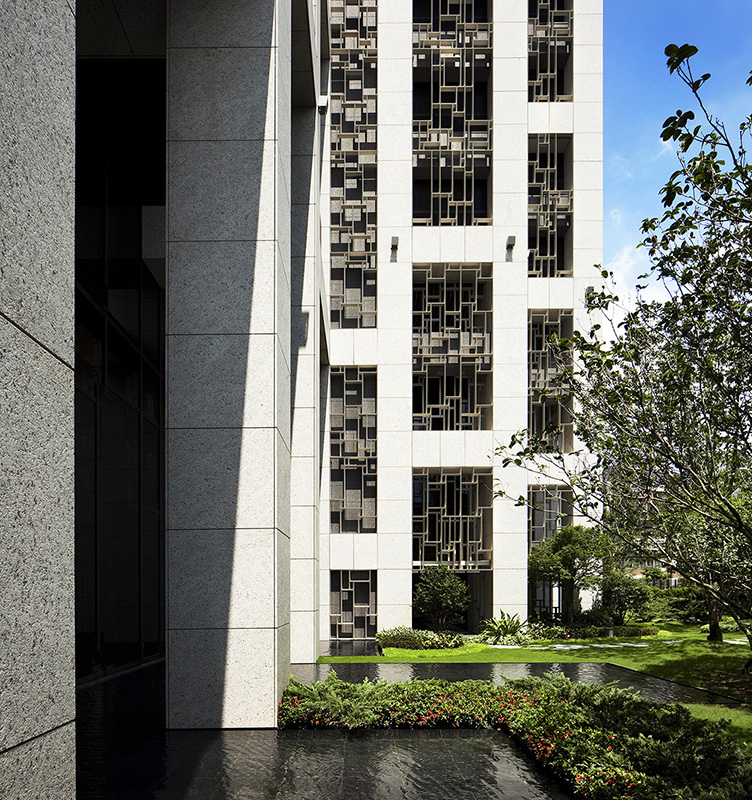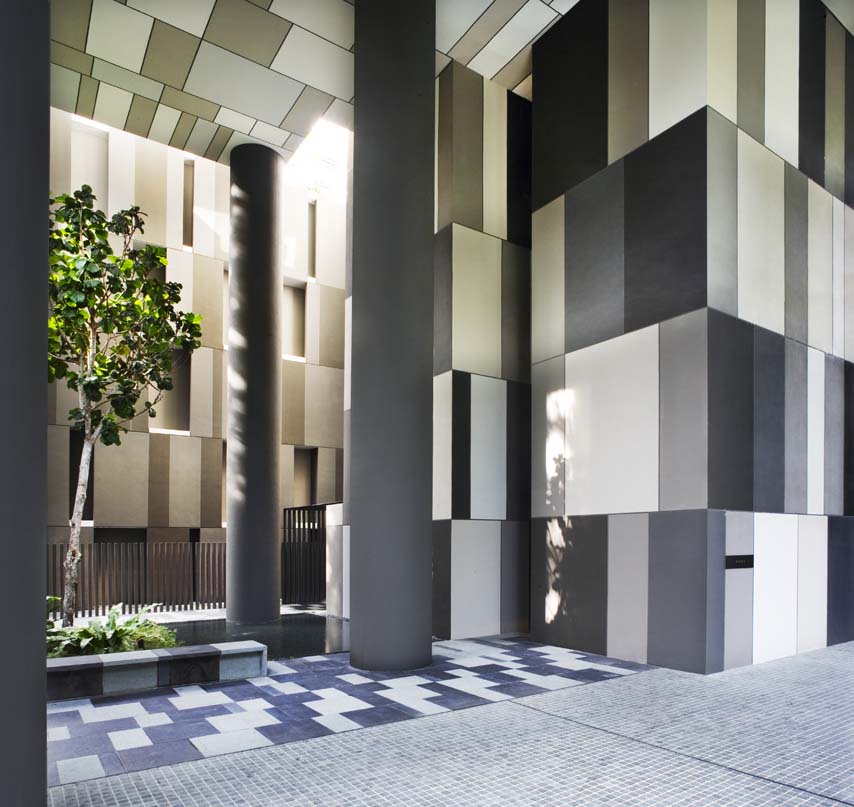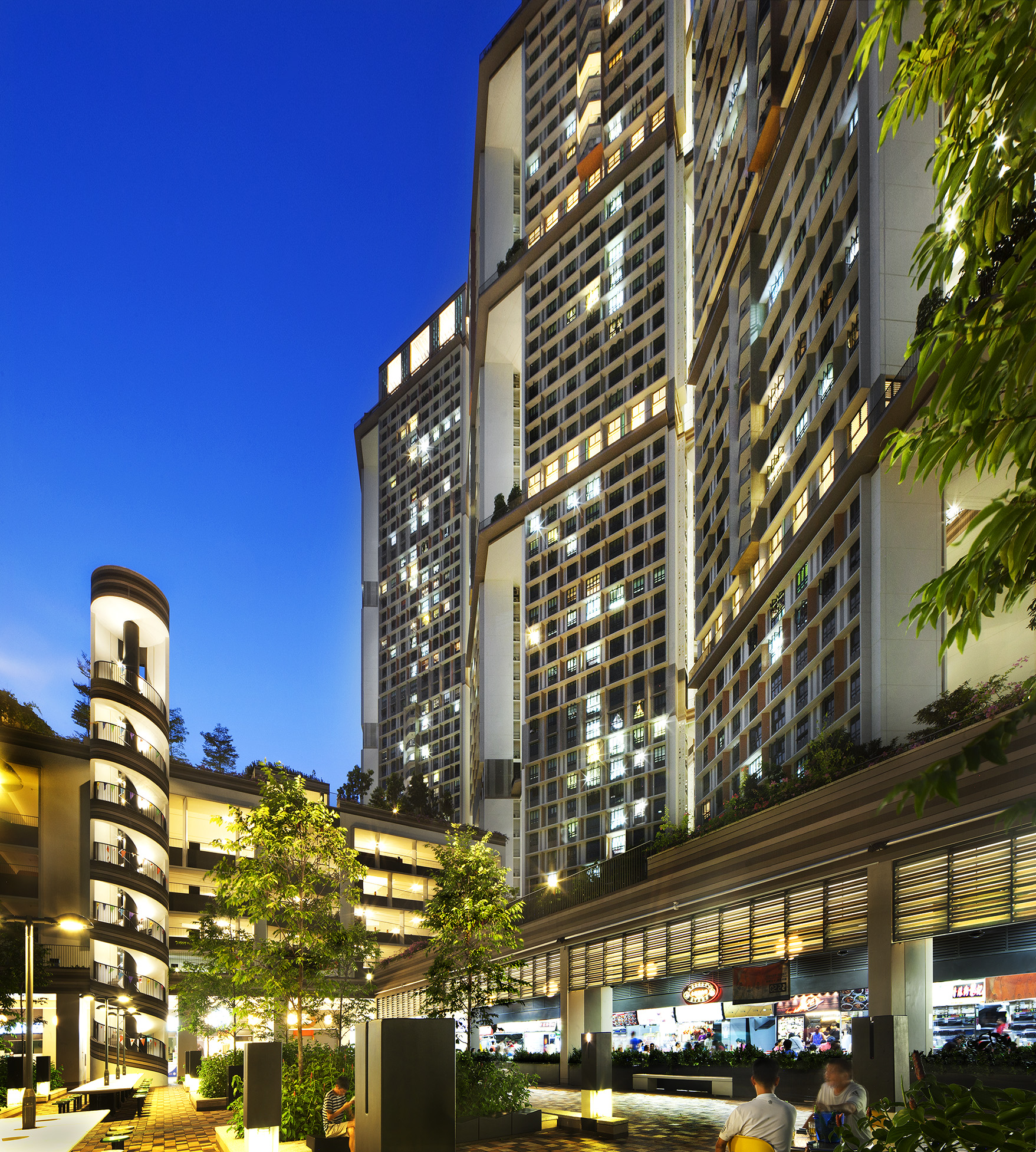Forbes Residences
Applecross is known for quiet leafy streets and neighbourhood charm. Inspired by its surroundings, this project does not eat up the leafy, green suburbs. The design keeps everything that is charming about Applecross – the Jacarandas dripping with purple flowers, the beautiful gardens, the backyards and barbecue pits – and envisages the building as an environment, creating gardens that extend into the sky and a seamless connection between exterior and interior.
Forbes Residences is designed, not as a stand-alone urban object, but as a three-dimensional “vertical suburb” that contains liveable, generous homes, shared facilities, common spaces within gardens, natural light and fresh air that weave throughout every level. The building reads as four organically shaped towers, connected via a series of sky gardens. It is expressed as a landscape, with residences akin to villas within that landscape and a façade inspired by the limestone formations around the Swan River.
“Hanging gardens” drape the podium form and extend up the roof. They preserve the garden suburb quality, create greater privacy, frame views, and enhance sociability. They also perform meaningful environmental services that benefit not just the development site, but the district – reducing the heat island effect, reducing noise and dust, preventing glare, and providing a habitat for biodiversity.
When the Jacarandas are in bloom, the building will be covered in a canopy of vibrant purple flowers. The leafy greenery that characterises Applecross will flow seamlessly through the building, capturing the essence of the neighbourhood.
Forbes Residences is a next-generation residential project, a development that generates greater amenity along with its higher density. It is a building that enhances its environment, enriching the quality of life for all.

























































































